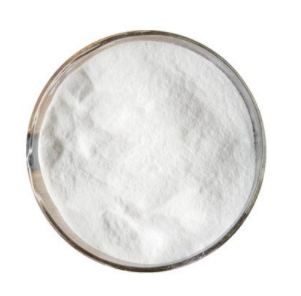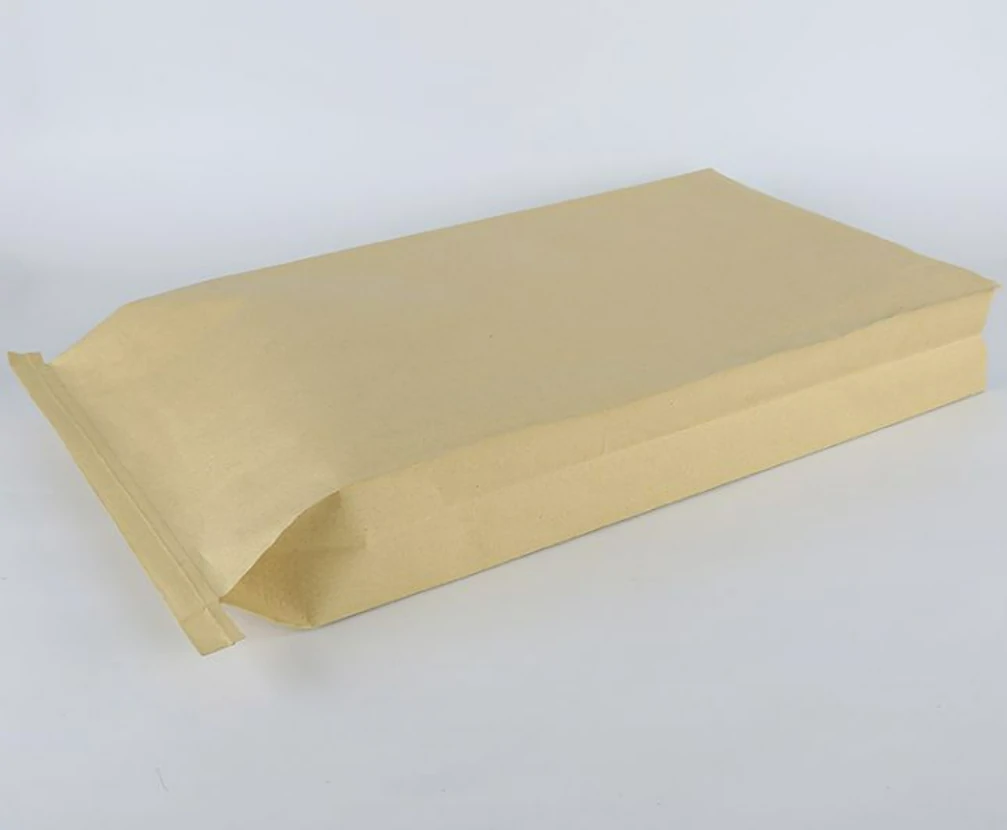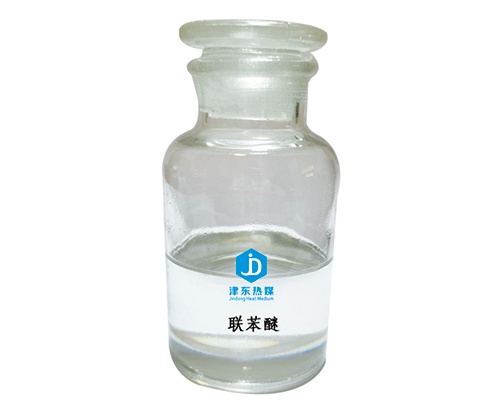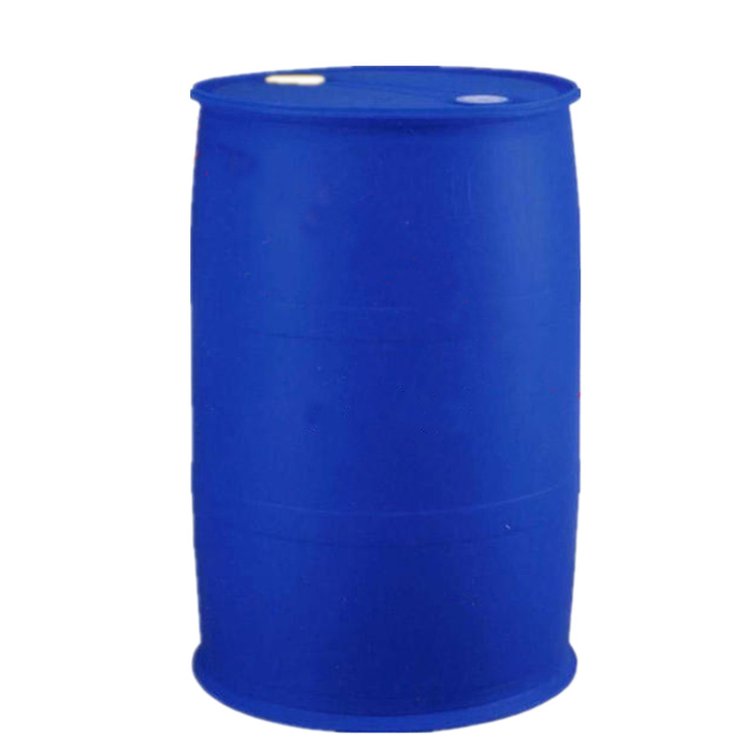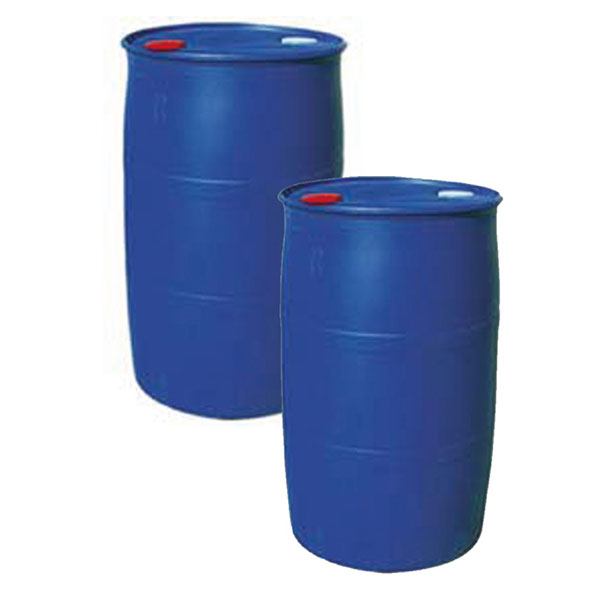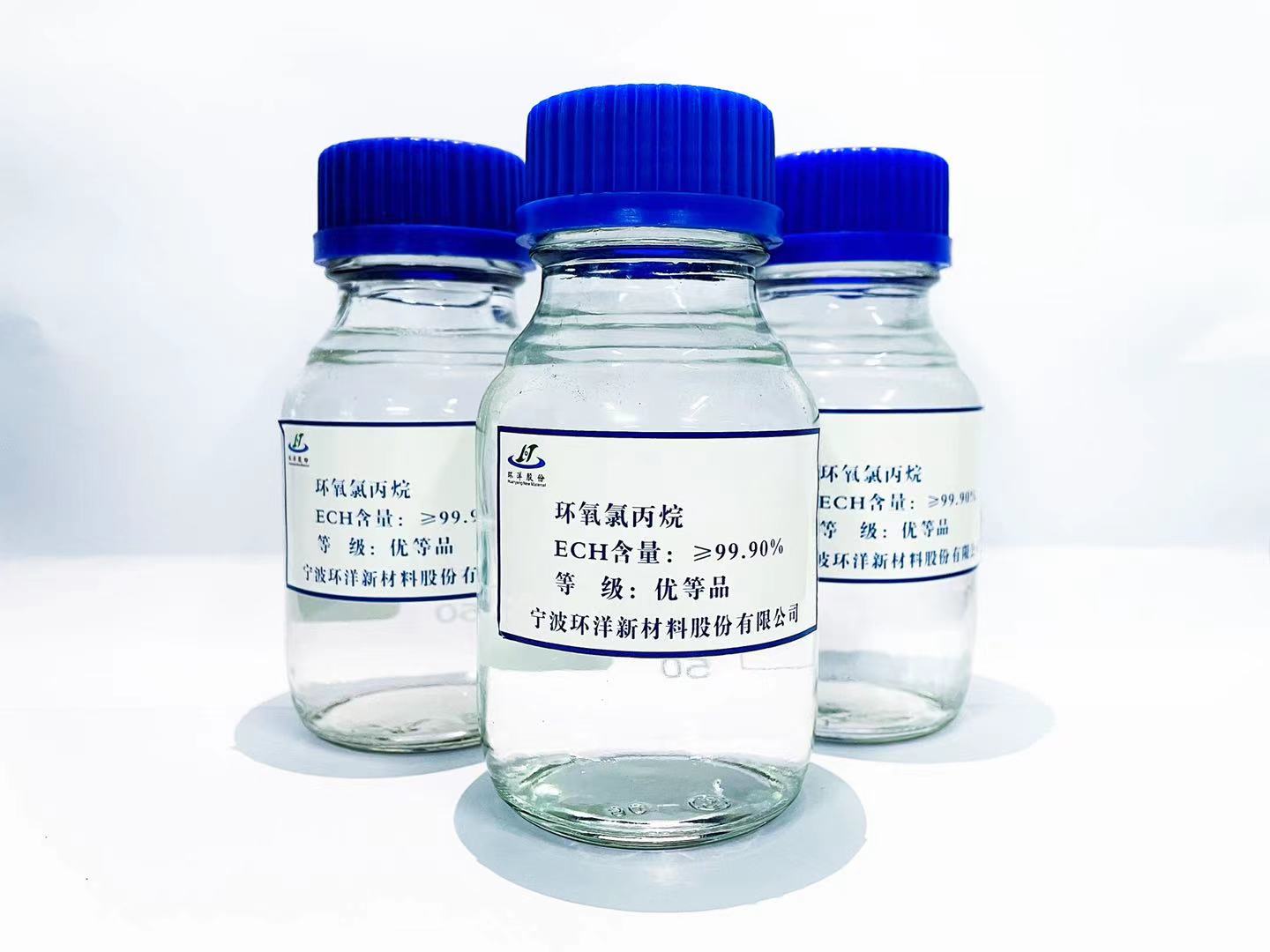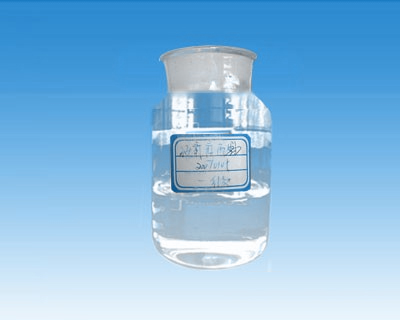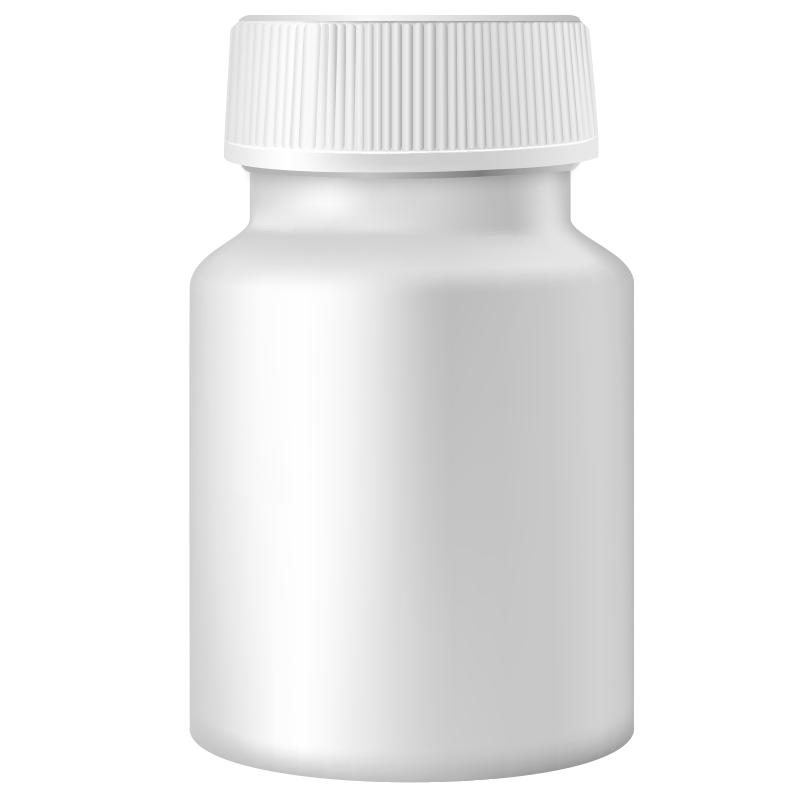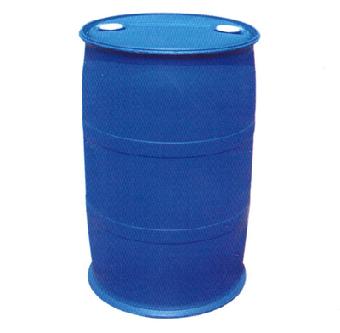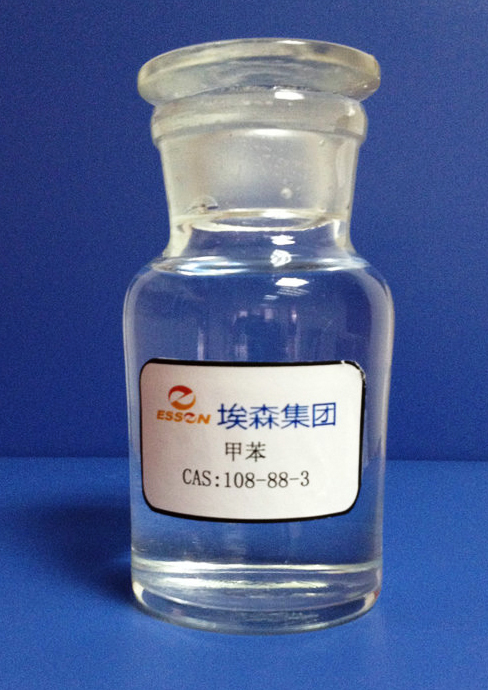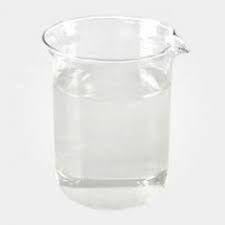Agrochemicals
Find
58
related chemicals for you
CAS:123-31-9
Molecular Formula:C6H6O2
Alias
More Information
1,4-Benzenediol; Quinol; Hydroxyquinone; Hydrochinone; 1,4-Dihydroxybenzene; Docetaxel; 1,4-Dihydroxyanthone; 1,4-Dihydroxyanthron; 1,4-Dihydroxy-Benzene; 1,4-Dihydroxy-Benzol; 1,4-Dihydroxy-Xanthen-9-On; 1,4-Dihydroxy-Xanthen-9-One; 1,4-Dihydroxyxanthon; 9H-Xanthen-9-One,1,4-Dihydroxy; P-Benzenediol; P-Dihydroxybenzene
Brief Introduction
Produced as an inhibitor, an antioxidant, and an intermediate in the synthesis of dyes, motor fuels, and oils; in photographic processing; and naturally in certain plant species, Hydroquinone is a phenol derivative with antioxidant properties that can cause toxicity in several organs, notably the kidney. Used as a topical treatment for skin hyperpigmentation and in various cosmetic products, it is metabolized mainly to glutathione conjugates and forms mutagenic DNA adducts in in-vitro systems.
Suppliers
View More Vendors (4) >
CAS:101-84-8
Molecular Formula:C12H10O
Alias
More Information
Oxydibenzene; Diphenyl Oxide; Dephenyl Oxide; 1,1’-Oxybis-Benzen; Phenyl Ether
Brief Introduction
This product is used in the production of flame retardant decabromodiphenyl ether, high temperature heat carrier, perfume and dye, heat transfer medium and organic synthesis.
Suppliers
View More Vendors (3) >
CAS:106-89-8
Molecular Formula:C3H5ClO
Alias
More Information
1,2-Epoxy-3-Chloropropane; 1-Chloro-2,3-Epoxypropane; Epichlorhydrine; 2,3-Epoxypropyl Chloride; 2-(Chloromethyl)Oxirane; 3-Chloro-1,2-Epoxypropane; 3-Chloro-1,2-Propylene Oxide; 3-Chloropropene-1,2-Oxide; 3-Chloropropylene Oxide; 3-Chloropropyl Epoxide; Alpha-Epichlorohydrin; Allyl Chloride Oxide; Epichlorohydrin (ECH)
Brief Introduction
Epichlorohydrin is a volatile and flammable, clear, colorless, liquid, chlorinated cyclic ether with an irritating, chloroform-like odor that emits toxic fumes of hydrochloric acid and other chlorinated compounds when heated to decomposition. Epichlorohydrin is used in the manufacture of epoxy resins, synthetic glycerin and elastomers. Exposure to epichlorohydrin irritates the eyes, skin and respiratory tract, and can cause chemical pneumonitis, pulmonary edema, and renal lesions. This substance also affects the blood. Epichlorohydrin is reasonably anticipated to be a human carcinogen and may be associated with an increased risk of developing respiratory cancer.
Suppliers
View More Vendors (3) >
CAS:108-39-4
Molecular Formula:C7H8O
Alias
More Information
3-Hydroxytoluene; 3-Methylphenol; Meta-Cresol; M-Methylphenol; Hydroxy-3-Methylbenzene; 3-Cresol; 3-Methyl-Phenol; 1-Hydroxy-3-Methylbenzene; Metacresol
Brief Introduction
This product is mainly used in pesticide, medicine, perfume, resin plasticizer, film film, antioxidant, and reagent, etc.
Suppliers
View More Vendors (3) >
CAS:108-88-3
Molecular Formula:C7H8
Alias
More Information
Methylbenzol; Toluen; Anisen; Phenylmethane; Bnh; Methacide; Meph; Phme; Benzene, Methyl-; Toluol; Methylbenzene; Petroleum Toluene; Tolueno; Toulol; Tolue; Tolueo; _|_; Benzene Derivative
Brief Introduction
Toluene is a clear, colorless liquid with a distinctive smell. Toluene occurs naturally in crude oil and in the tolu tree. It is also produced in the process of making gasoline and other fuels from crude oil and making coke from coal.Toluene is used in making paints, paint thinners, fingernail polish, lacquers, adhesives, and rubber and in some printing and leather tanning processes.
Suppliers
View More Vendors (3) >
Ct Groups
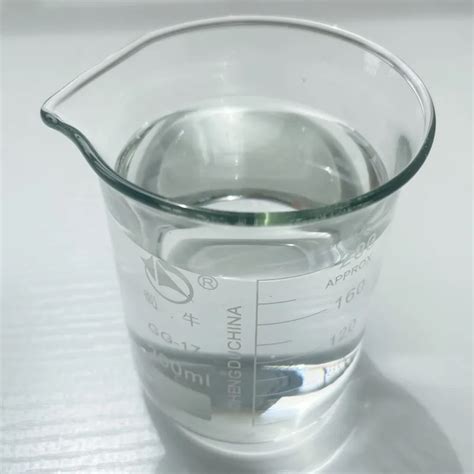
Boiling point: 110.6 °C (1013 hPa); Density: 0.87 g/cm3 (20 °C); Explosion limit: 1.2 - 7.1 %(V); Flash point: 4.4 °C; Ignition temperature: 535 °C; Melting Point: -95 - -93 °C
/
Tech Grade
Inquiry (
10
/ 10
)
Clear All
You can inquire for up to 10 products at a time
Sign In
Error!


